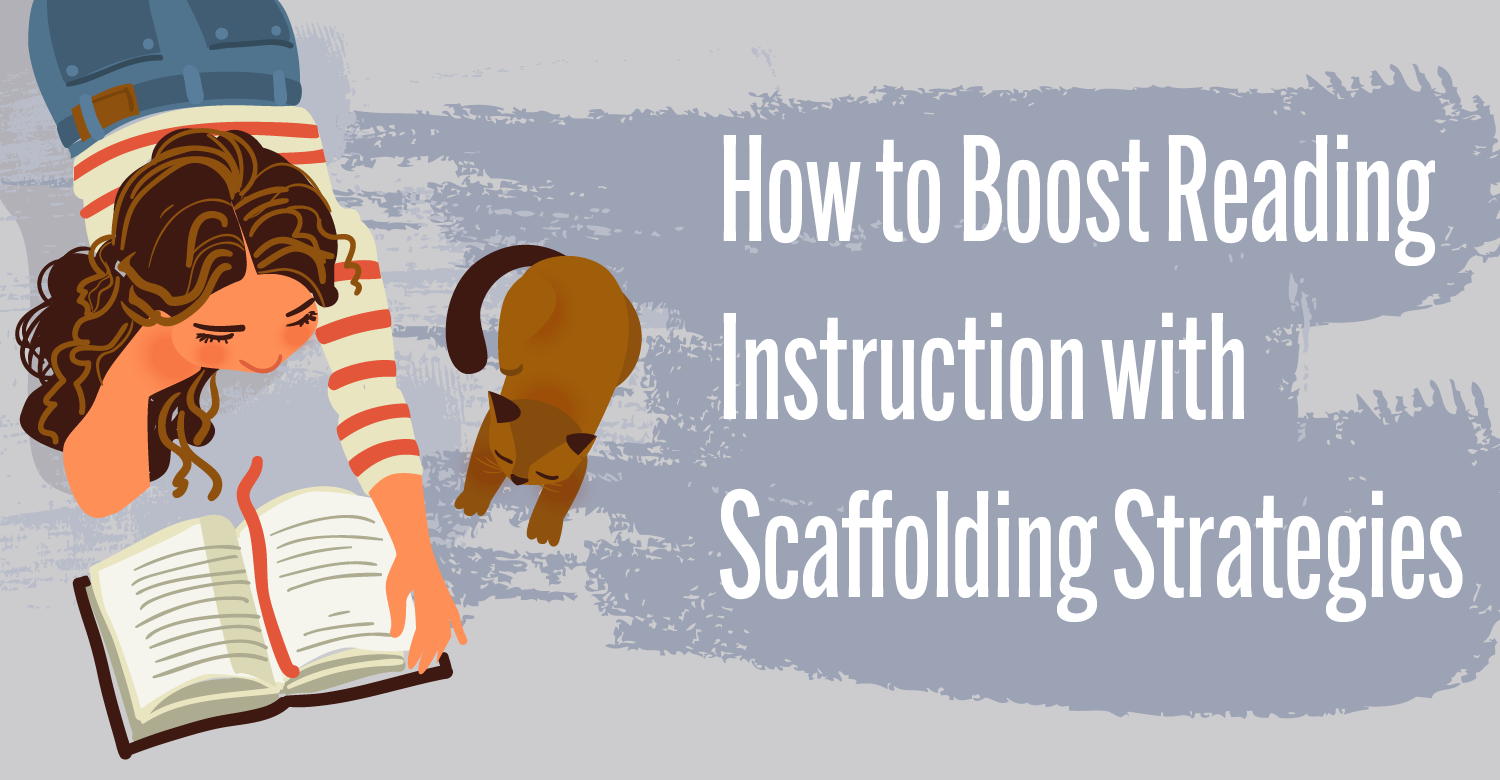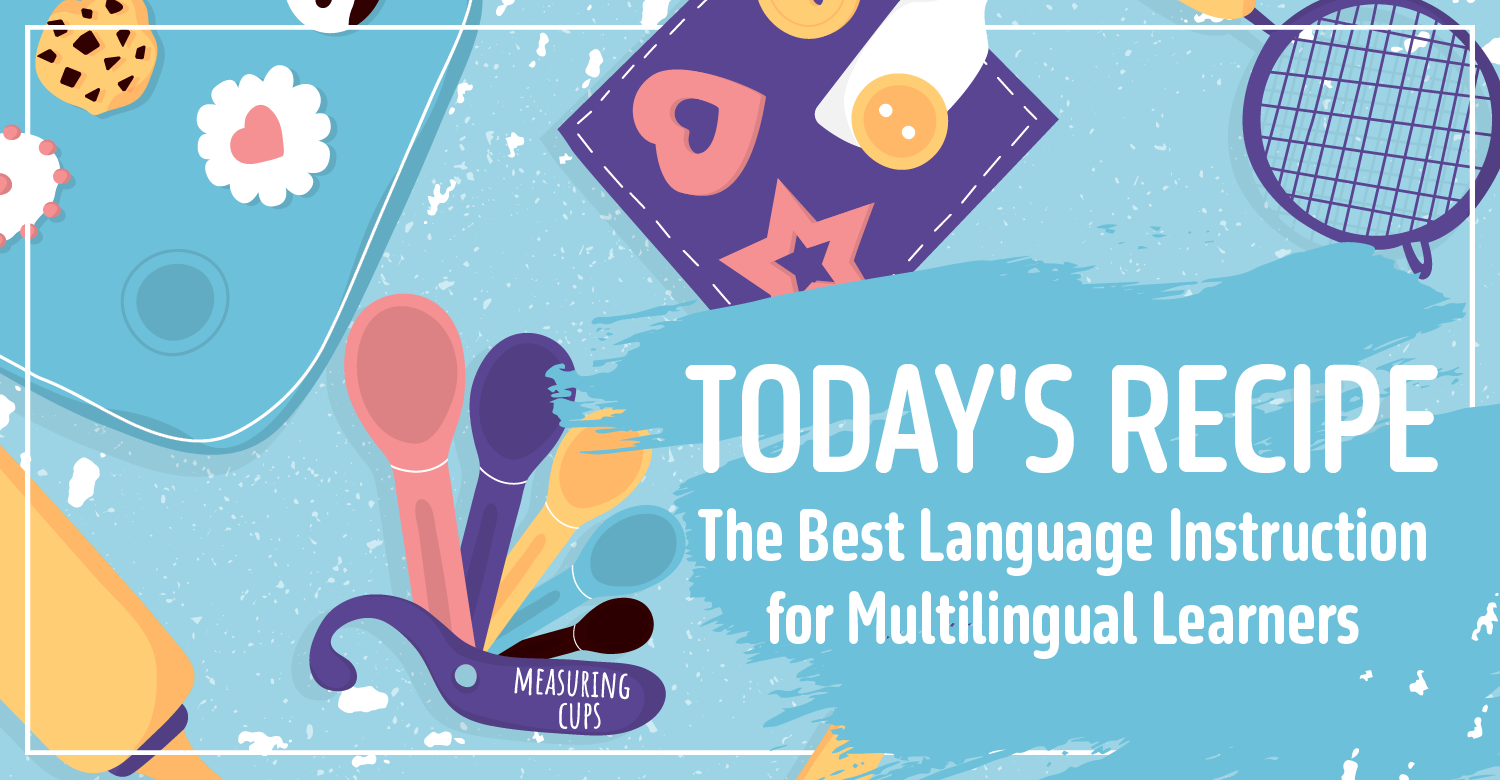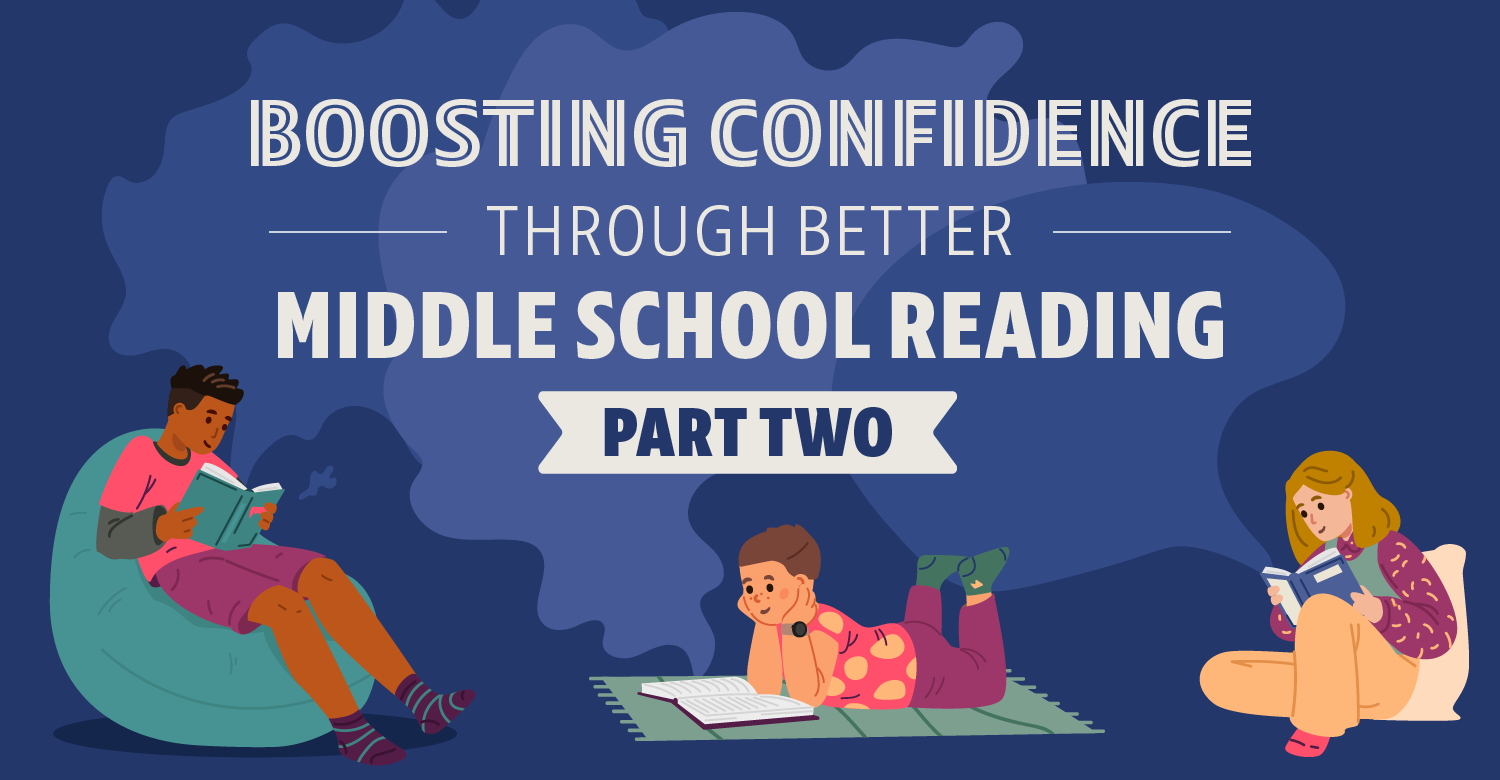Frameworks such as Bloom’s Taxonomy are a great way to make sure the questions you ask your students encourage growth.
As teachers, I have often wondered how many questions we ask in a day. Is it one to two every five minutes, or about 24 per hour? Could it be over 100 in a day? After a bit of research, I found that my estimates were quite low. In fact, Kenneth E. Vogler, in an article published in Educational Leadership online, suggests that teachers ask 300–400 questions per day, the equivalent to one to two per minute. In addition, according to TeacherVision, the average wait time for students to answer a question is under one second. It appears it would be exhausting for us as teachers and for our students.
Perhaps if questions, because of their levels of sophistication, required additional time to process, and students were consistently engaged in thinking at a variety of levels of sophistication, the number of questions asked and processed in a day would drop significantly. If our goal is to help students think, learn, understand, and achieve, should we consider using methods to reduce the number of questions while increasing the level of rigor? This is not to say that currently, quality questions aren’t being asked. Instead, I am suggesting that we increase students’ need to have additional time to process thereby eliminating the possibility that they can have an answer ready to share in under a second.
A framework might be useful in this effort. The new Bloom’s Taxonomy is a useful tool in question development. Consider using the levels of Bloom’s when developing questions to be used in the classroom. The levels of the taxonomy (remember, understand, apply, analyze, evaluate, and create) can be categories used when developing quality questions for any unit or lesson, and at any grade level. There may be questions required at the Remember level of the taxonomy because some information is best accessed from memory. Question design would include those at the Understand level of the taxonomy to ensure that students can make meaning of the information they are processing. Students can be asked to Apply their knowledge by using it in various situations, or they may be asked to Analyze it by breaking it down or relating piece of information to a whole. When students are asked to Evaluate information, they engage in thinking requiring them to make judgements based on evidence. Moving to the highest level of Bloom’s, students are asked to Create, and produce something original based on the knowledge and skills they are being asked to demonstrate.
The list that follows provides an example of how Bloom’s Taxonomy can be used to help develop students’ understanding of characterization.
- Remember: What is a characteristic?
- Understand: What two characteristics of the main character were endearing to the reader and why?
- Apply: Provide three examples of when the characteristics were displayed.
- Analyze: How did these characteristics impact the outcome of the story/novel?
- Evaluate: If these characteristics were not present in the character, how might it have impacted the outcome of the story/novel?
- Create: Choose a less desirable characteristic for the main character. Describe it and share how it would change the events of the story/novel.
Why not give it a try? Using a framework for question development is not only easy, I think it is worth it. Use of the taxonomy can make question development easier and more systematic while potentially impacting classroom discussion in a very positive manner.
To learn more about using effective questions in the classroom, check out Raising the Rigor and the related free resources.
References:
Vogler, Kenneth. (2008). Asking good questions. Accessed at http://www.ascd.org/publications/educational-leadership/summer08/vol65/num09/Asking-Good-Questions.aspx on 2/17/2017.
TeacherVision, Your Secret Weapon: Wait Time, Teaching Methods and Strategies, Accessed at https://www.teachervision.com/teaching-strategies/your-secret-weapon-wait-time on 2/17/2017.
[author_bio id=”111″]






